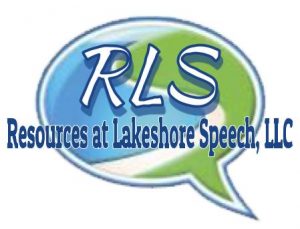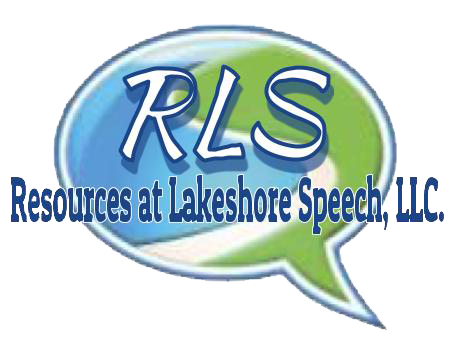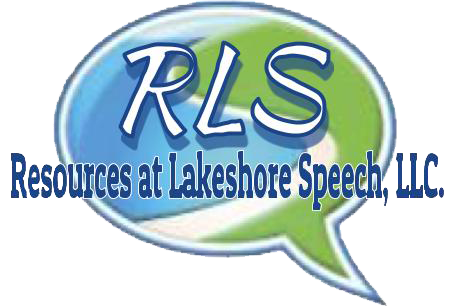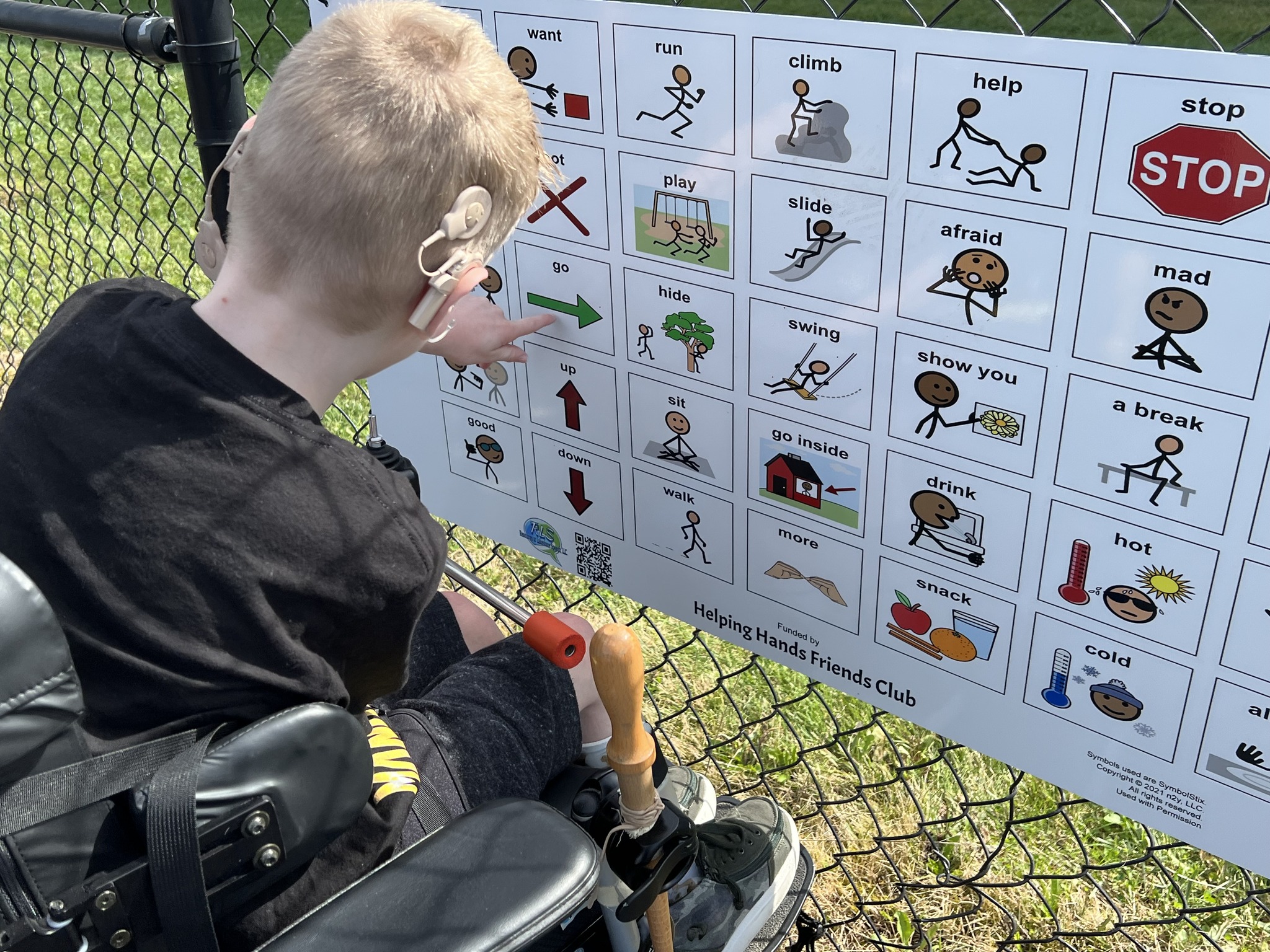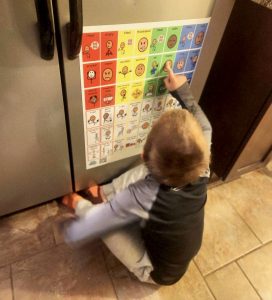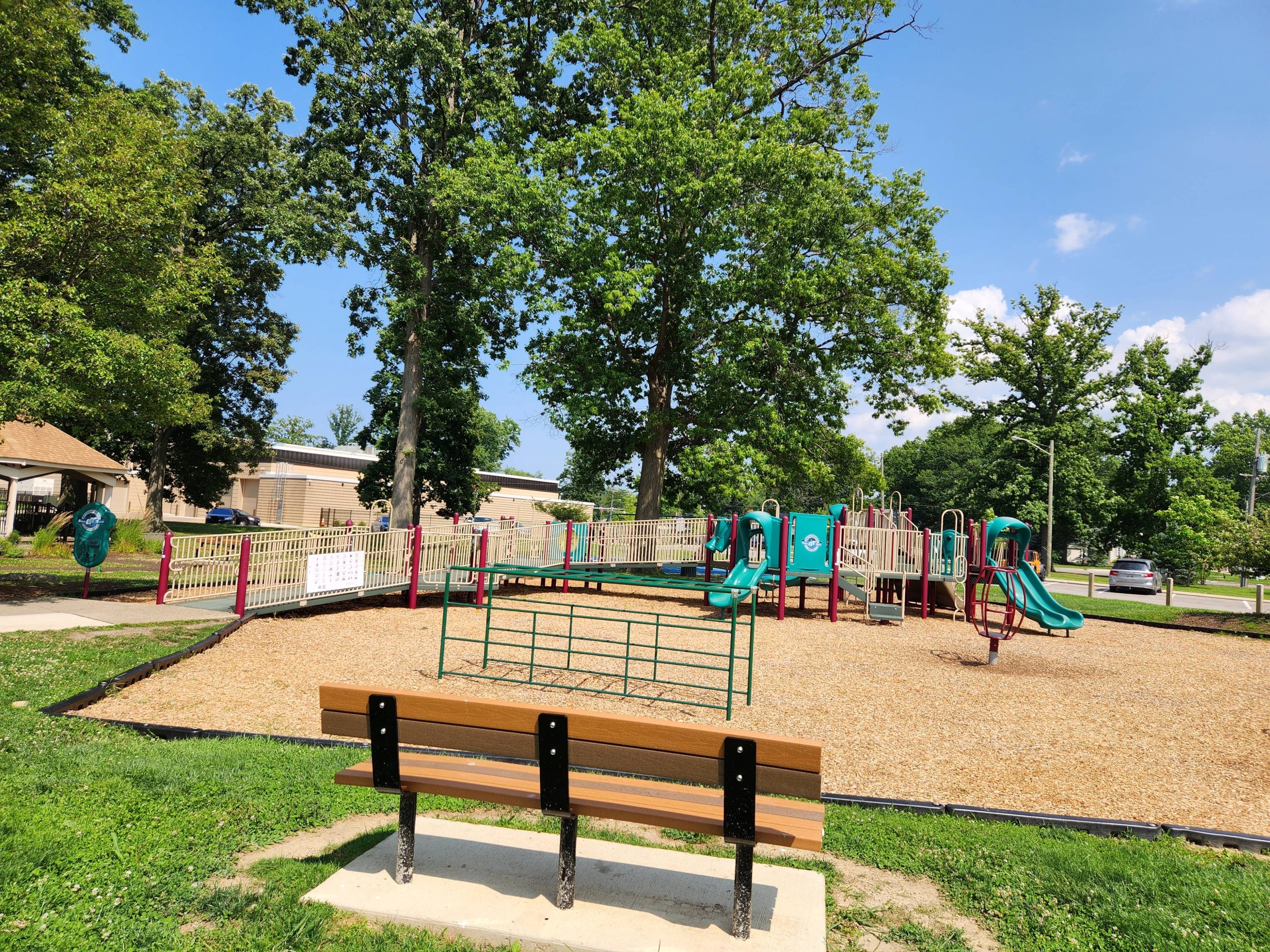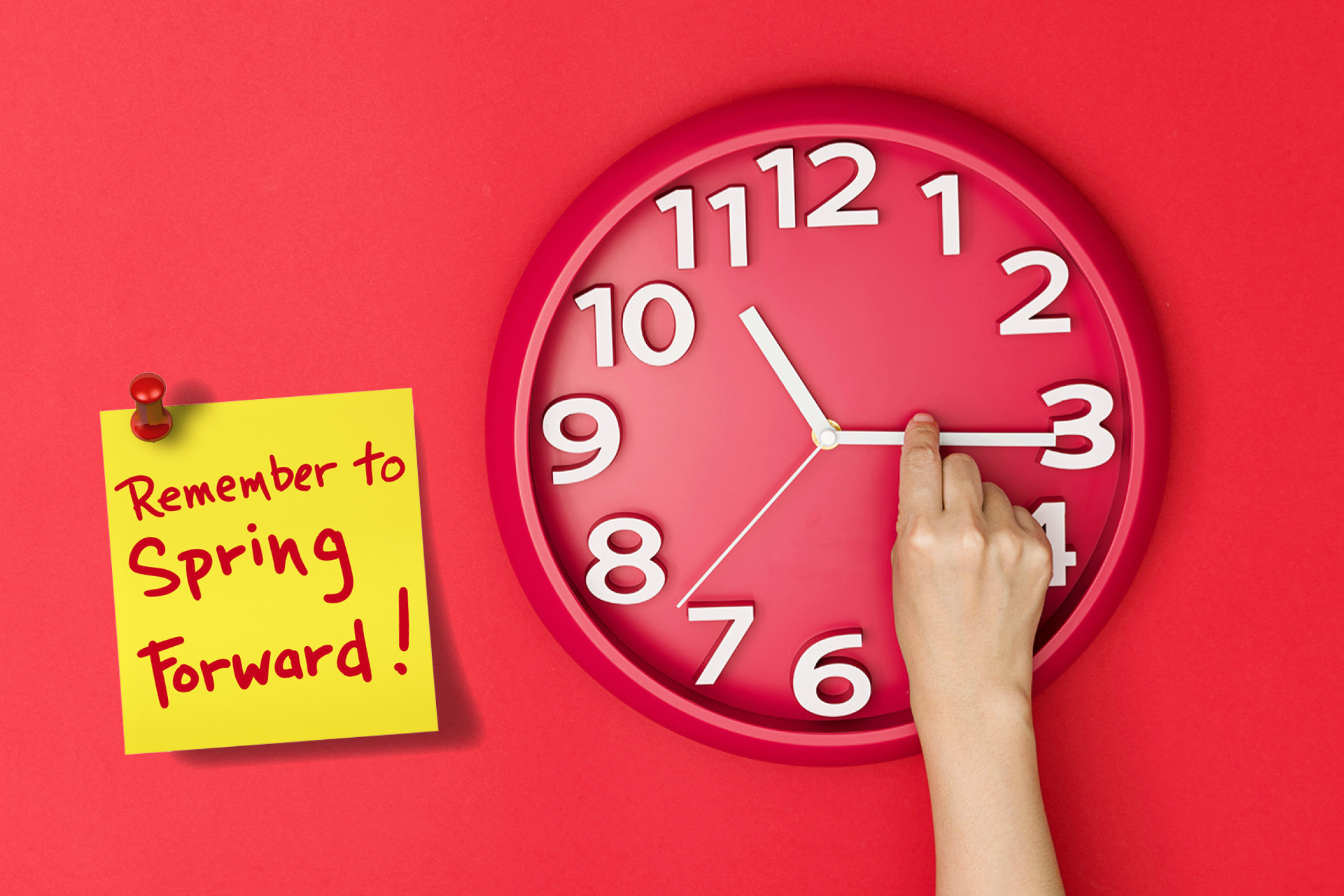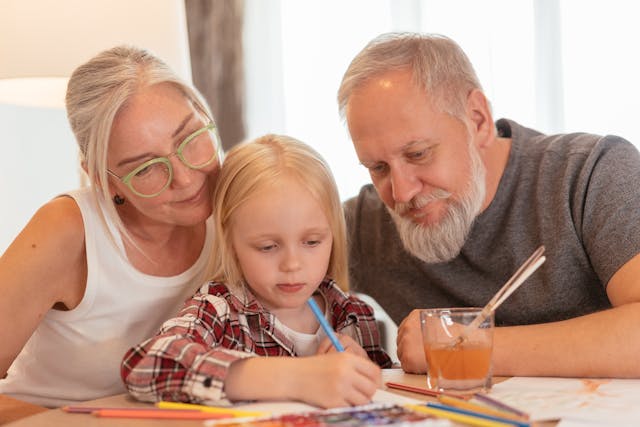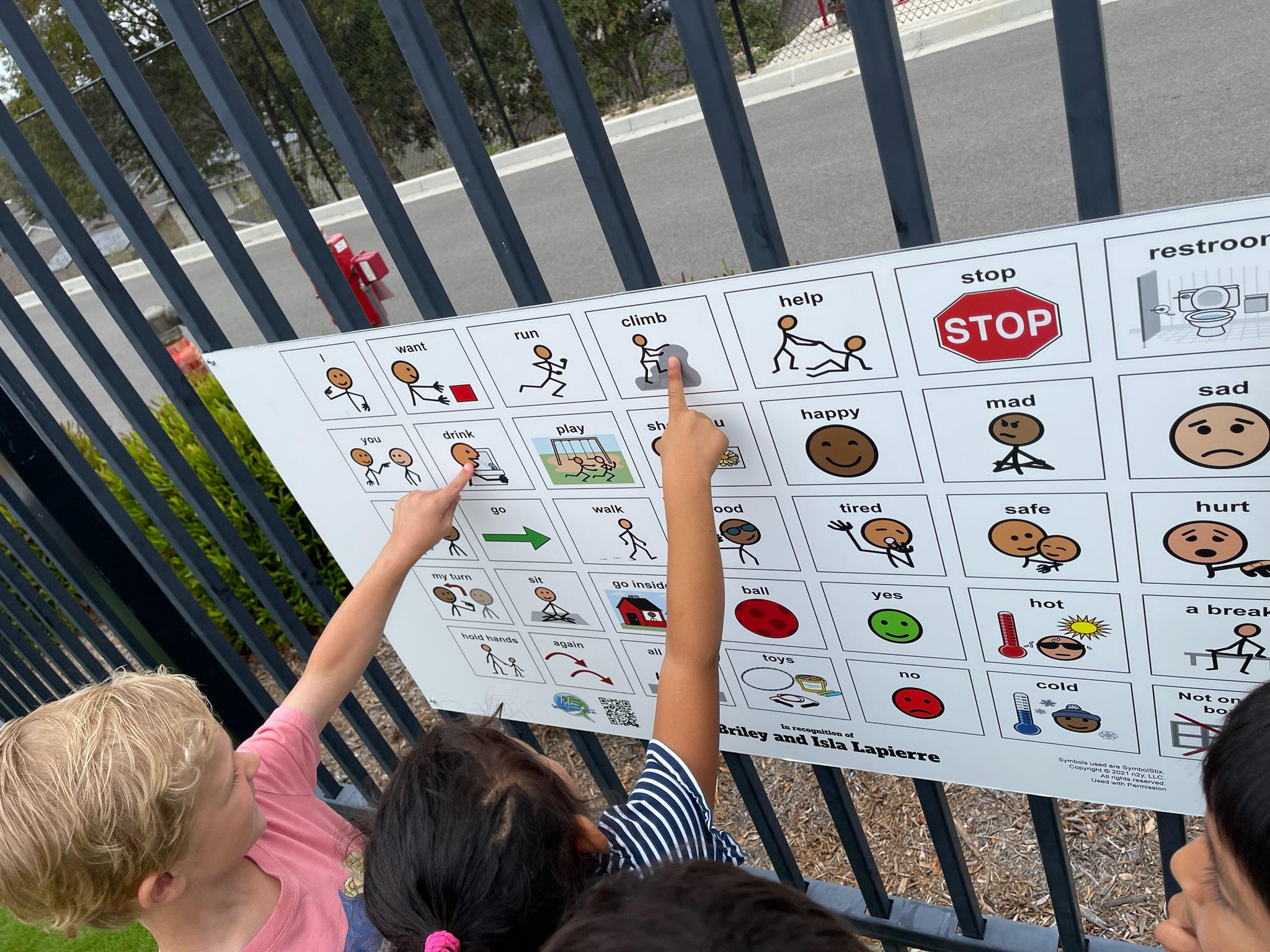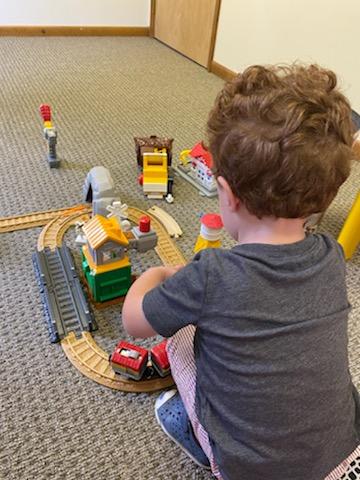Playground communication boards have emerged as a powerful solution to bridge the gap and facilitate meaningful relationships, especially for individuals with communication challenges.
Continue readingGestalt Language Processing: A Guide for Better Understanding
Gestalt Language Processing (GLP) is talked about a lot recently regarding a child’s language development. Today we are looking at GLP and making more sense of it for families.
Continue readingHow To Help Navigate Emotions: Emotional Balance Communication Boards
How To Practice Speech Therapy Skills : 10 Easy Springtime Activities
Spring is the perfect time to engage in fun and interactive activities that promote speech and language development with your child.
Continue readingHow To Look at Access: Increase Playground Accessibility For Everyone
Access to playgrounds in more than physical. This week’s blog focuses on access for everyone.
Continue readingDaylight Saving Time: How to Helping Children Adjust
Tips to help children adjust to the time change.
Continue readingSpeech Therapy: How To Get Caregivers And Grandparents Involved
Speech therapy is not just about what happens in the therapy room—it’s also about practicing skills at home. Involving caregivers and grandparents in home carryover can greatly increase a child’s progress.
Continue readingHow To Encourage The Use of Communication Boards
In this week’s blog, learn how to model and encourage the use of communication boards to increase communication and build meaningful relationships.
Continue readingHow To Make Sure Inclusive Playgrounds Have What They Need
Inclusive playgrounds create an environment of acceptance for all children. When designing a playground it is important to include the key elements.
Continue readingHow to Make Play an Important Part of the Day
Play is important at all stages of child development. Play is the ‘work’ of childhood.
Continue reading